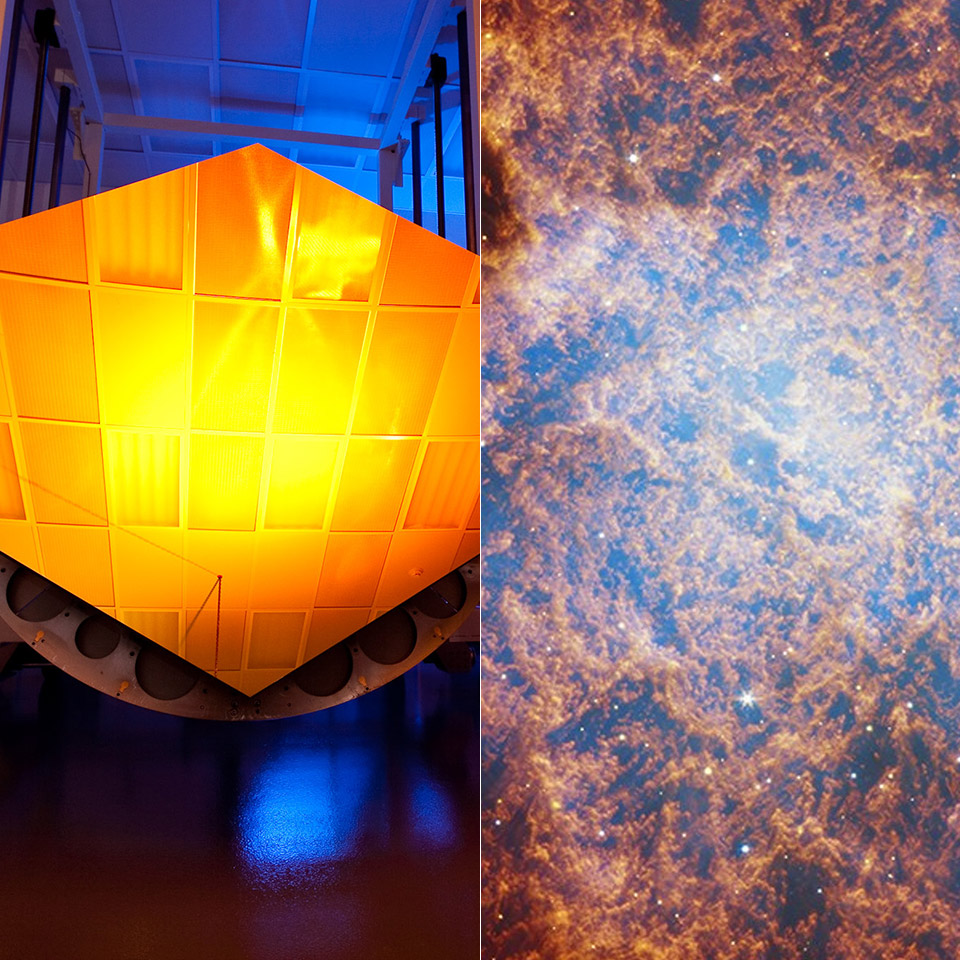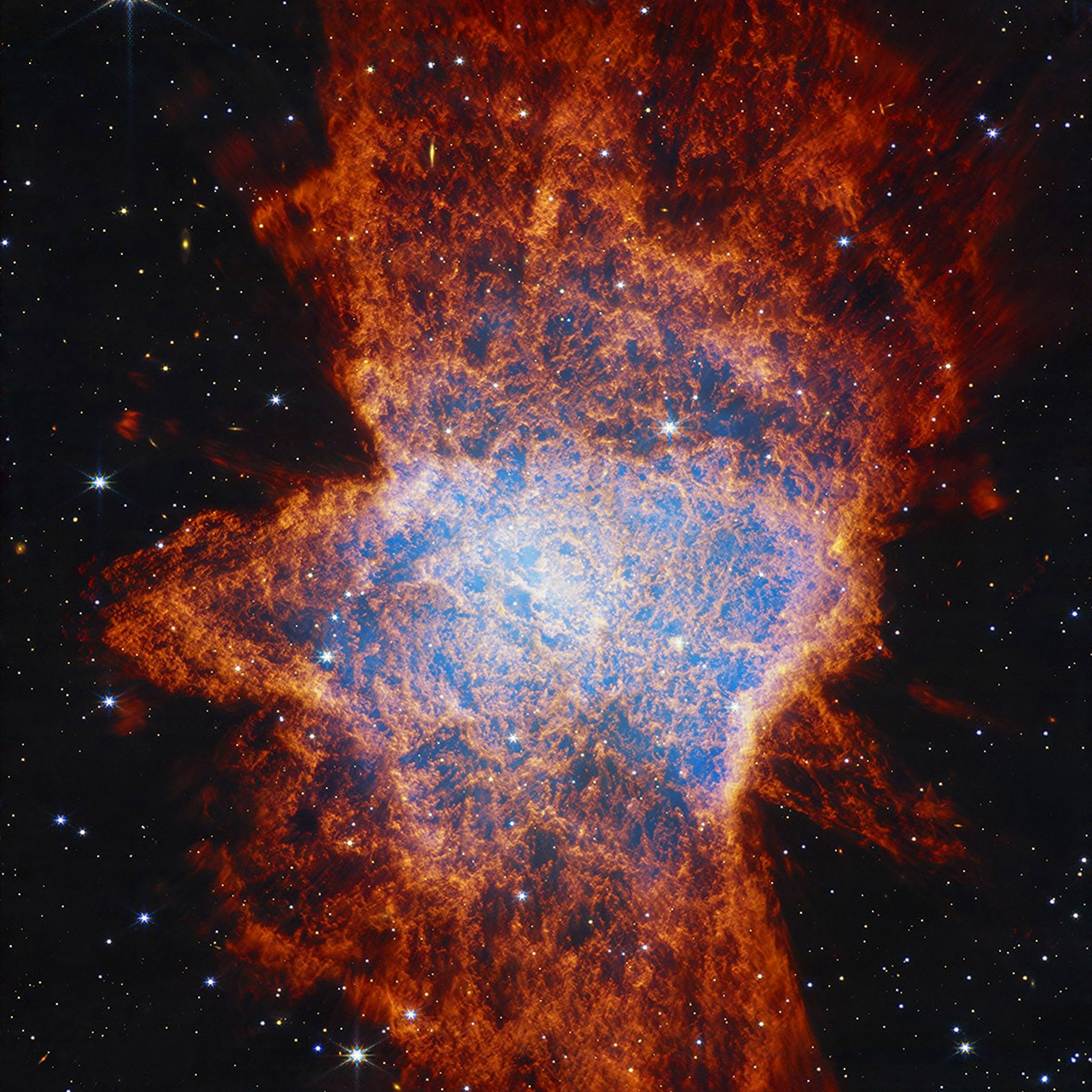Webb’s New NGC 6072 Images Are a Window into Stellar Endings, a Cosmic Farewell of Sorts


NASA’s James Webb Space Telescope has trained its sights on NGC 6072, a planetary nebula in the constellation Scorpius, and the results are a star’s last breath. These near- and mid-infrared images show a multi-lobed cloud of gas and dust that hint at the complex processes of a star’s demise.

NGC 6072, about 3,000 light-years from Earth, is the glowing remnant of a star like our Sun, in the process of shedding its outer layers. NIRCam shows a red-heavy scene with gas lobes stretching out like a squished bug. These lobes, at 11 to 5 o’clock and 1 to 7 o’clock, indicate multiple outbursts from the dying star, it’s not alone. Astronomers believe that a companion star is involved, stirring up the gas and dust as the primary star loses up to 80% of its mass.
Sale

Telescope for Adults & Kids, 70mm Aperture Refractor (15X-150X) Portable Travel Telescope with Phone…
- 【Great Telescope for Kids& Beginners!】 The telescope meets all the needs of astronomy beginners, the adults & kids’ astronomical journey begins…
- 【70mm Large Aperture】The telescope equipped with 70mm aperture and 300mm focal length, which provide more lights and clearer images, even…
- 【Wireless Control】This telescope set includes one phone adapter and one Wireless camera remote. Just install your mobile phone on the phone…

Switch to MIRI and the scene changes to blue and white tones, highlighting dust and concentric rings around the central star. These rings, just beyond the lobes, could be the companion star’s influence, carving out patterns as it orbits. They could also possibly be pulses from a dying star, with each ring representing a picture of material blasted thousands of years apart. This dual perspective—NIRCam’s molecular gas and MIRI’s dust—is like to witnessing both the skeleton and skin of a cosmic monster. Together, they show stars don’t just fade, but sculpt their surroundings in their final moments.
In about 5 billion years the Sun will do the same, expand into a red giant and shed its outer layers to form a planetary nebula. NGC 6072 is a preview of that fate, showing how the Sun’s death will release its chemical riches—carbon, oxygen and even metals—into space.
And beyond the science, the images are a demonstration of Webb’s capabilities. Unlike Hubble, which is great in visible light, Webb sees in infrared and can pierce through dust, revealing hidden structures and cooler gases that visible light can’t.
[Source]
Webb’s New NGC 6072 Images Are a Window into Stellar Endings, a Cosmic Farewell of Sorts
#Webbs #NGC #Images #Window #Stellar #Endings #Cosmic #Farewell #Sorts






